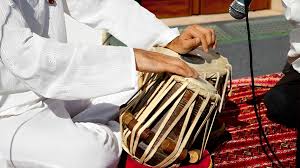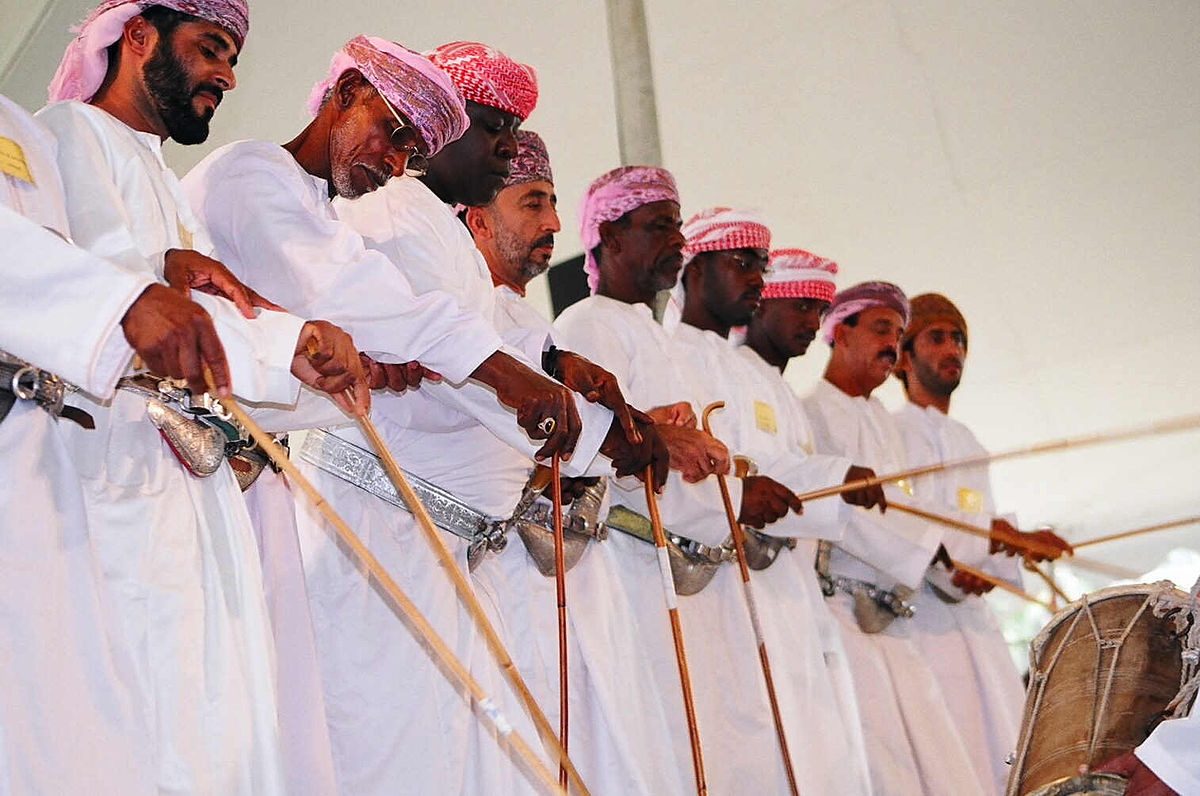Omani Traditional Music
Omani traditional music is an enchanting reflection of the nation’s rich history and diverse culture. From coastal rhythms to desert melodies, music in Oman is more than just sound it is an expression of identity, heritage, and community. Traditional instruments, in particular, play a crucial role in preserving the stories and emotions passed down through generations. Understanding these instruments allows us to appreciate Omani culture more deeply and connect with its vibrant artistic traditions.
The Role of Music in Omani Culture
Music has always been an integral part of Omani life. It accompanies celebrations, weddings, and religious ceremonies, creating a sense of unity and joy among communities. In coastal regions, music often reflects maritime life and the rhythm of the waves, while in desert areas, it echoes the calm and vastness of the sands. Traditional instruments are central to these musical experiences, each producing unique sounds that contribute to the overall harmony and spirit of Omani music.
The Oud: Heart of Omani Melodies
The Oud is one of the most cherished traditional instruments in Oman. Often referred to as the “king of instruments,” the Oud is a stringed instrument with a pear-shaped body and a warm, resonant sound. It is commonly used in both classical and folk music. The Oud’s melodies are often accompanied by poetic lyrics, creating performances that touch the heart and preserve the linguistic and musical heritage of Oman. Musicians carefully craft the Oud, ensuring its strings and wood produce a sound that is both rich and expressive.

The Rabab: A Stringed Treasure
Another prominent stringed instrument in Omani music is the Rabab. Smaller and more delicate than the Oud, the Rabab produces high-pitched, lyrical tones that are often used in folk music performances. It has a long history, linked to Bedouin traditions and storytelling practices. The Rabab’s haunting melodies have the power to transport listeners, evoking images of deserts, mountains, and coastal life. Its simple yet profound sound makes it a beloved instrument in both formal and informal gatherings.
The Tabl: Rhythms of Celebration
Percussion instruments are essential to Omani music, and the Tabl stands out as a primary rhythm provider. The Tabl is a type of drum made from wood and animal skin, producing deep and resonant beats that guide dancers and singers. It is especially popular during weddings, festivals, and cultural performances. The Tabl’s rhythm often mirrors the pace of everyday life, celebrating communal harmony, joy, and the vibrant energy of Omani society.
The Nay: Breath of Tradition
The Nay, a traditional flute, adds a soulful dimension to Omani music. Crafted from bamboo or reed, this wind instrument produces soft, airy sounds that complement string and percussion instruments beautifully. The Nay is often used in spiritual or meditative performances, symbolizing reflection and tranquility. Its melodies carry an ethereal quality, bridging the gap between the physical and emotional realms, and inspiring listeners with a sense of calm and introspection.
The Mirwas: Handheld Rhythmic Magic
The Mirwas is a small, hand-held drum widely used in Omani folk music. Despite its compact size, it delivers sharp, captivating beats that energize performances. Often paired with singing and dancing, the Mirwas plays a critical role in coastal and southern Omani music traditions. Its vibrant rhythm encourages community participation, with listeners often clapping or moving to the beats, reflecting the interactive nature of Omani musical traditions.
The Surnai: Majestic Horn Sounds
The Surnai, a type of traditional horn, is known for its bold and majestic sound. Often played during special occasions, it creates an atmosphere of celebration and importance. The Surnai’s strong tones are symbolic of strength and festivity, often marking the beginning of a cultural ceremony or a communal gathering. Its distinctive sound can be heard across towns and villages, bringing people together to celebrate their shared heritage.
The Art of Musical Storytelling
In Oman, traditional instruments are not just tools for entertainment—they are vehicles for storytelling. Songs often recount historical events, love stories, and daily life experiences, with each instrument contributing its voice to the narrative. Stringed instruments may express emotion, percussion provides the heartbeat of the story, and wind instruments carry the melody of reflection. This musical storytelling preserves cultural values, teaching younger generations about Omani heritage through an immersive and emotional experience.
Musical Diversity Across Regions
Omani traditional music varies significantly across regions, influenced by geography, history, and trade. Coastal areas such as Dhofar and Muscat favor instruments like the Mirwas and Surnai, with rhythms inspired by seafaring life. Desert regions lean toward the Rabab and Oud, evoking the tranquility and expansiveness of the sands. This regional diversity highlights the adaptability of Omani music and its ability to reflect the unique character of every community.

Preserving Omani Musical Heritage
In recent years, efforts to preserve Omani traditional music have grown stronger. Cultural organizations, music schools, and festivals work tirelessly to teach younger generations about traditional instruments and their techniques. These efforts ensure that the rich sounds of Oman’s past continue to resonate in modern times. Learning to play these instruments not only develops musical skills but also fosters a deep appreciation for Omani culture, history, and identity.
Modern Adaptations and Global Influence
While Omani traditional music remains rooted in history, it has also adapted to contemporary styles and global influences. Musicians often blend traditional instruments with modern sounds, creating innovative compositions that appeal to younger audiences while honoring the past. This fusion has increased the global recognition of Omani music, showcasing the country’s cultural richness and musical ingenuity on international stages.
Community and Cultural Identity
Traditional music instruments in Oman are more than artistic tools—they are a reflection of community and cultural identity. Each performance strengthens social bonds, celebrates shared heritage, and expresses collective emotions. Whether during weddings, religious ceremonies, or public festivals, these instruments bring people together, bridging generations and preserving the essence of Omani life.
Learning and Experiencing Omani Instruments
Experiencing Omani traditional music firsthand is a powerful way to understand the country’s cultural depth. Music schools and cultural centers offer lessons on instruments such as the Oud, Rabab, Tabl, and Nay, allowing enthusiasts to connect with Oman’s heritage personally. Participating in festivals or workshops also provides an immersive experience, where one can observe performances, try instruments, and appreciate the dedication required to master these timeless tools of expression.
Conclusion: Celebrating Omani Musical Legacy
Omani traditional music instruments are vital threads in the nation’s cultural tapestry. From the haunting melodies of the Nay to the energetic rhythms of the Mirwas, each instrument tells a story and preserves a legacy. They celebrate the human spirit, connect communities, and inspire generations. Understanding and appreciating these instruments allows us to honor Oman’s rich history, vibrant traditions, and the enduring power of music to unite and uplift.
Do follow Gulf Magazine on Instagram.
Also Read – Oman’s Timeless Trade Routes: Connecting Civilizations Across Continents



